In this episode of the Smart City Podcast, I interview Stephanie Piper, 3D printing enthusiast, and the Community Engagement Coordinator at the University of Southern Queensland in Toowoomba, where she runs their Maker Space. In this episode we discuss Steph’s journey from studying biomedicine and vaccine development, to being involved in the 3D printing space and why she’s so passionate about the possibilities and opportunities 3D printing technology provides for Smart Cities.
Steph explains what 3D printing actually is, and what kind of people and projects are happening at her Maker Space, as well as some of the ways 3D printing can be used to help recycle and reuse plastics, and implications for the circular economy in these particular areas. Steph shares her passion for educating people about this technology, and her views about integrating across disciplines, governments and academia, as well as some of the emerging trends in the 3D printing and maker space arena.
What we don’t discuss in this episode is something exciting that has happened for Stephanie since we recorded this interview back in September. Along with a team she formed at the Toowoomba Startup Weekend Women, Steph has started a business to help engage girls in STEM and to teach electronics in primary schools. It’s called Spark Girls and they were the winning team at the Toowoomba Startup Weekend Women, which then saw them head to the Asia Pacific Start Up Weekend Women finals in Bali a couple of weeks ago. Very excitingly, Spark Girls emerged the winner in Bali as well, so that is a wonderful achievement and just the beginning for this fledgling business.
Hopefully we can catch up with Steph again in the new year to hear more about how she’s educating the next generation and encouraging girls to be engaged in STEM. But in the meantime, this is a great conversation about the possibilities of 3D printing. As always, I hope you enjoy listening to this episode as much as I enjoyed making it.
Listen here:
What we cover in this episode:
- Steph’s background in biomedicine and vaccine development, and her journey into 3D printing
- What sparked her interest in 3D printing and also the Smart City space
- What a Smart City means to Steph and why she thinks the concept is important
- Some of the projects Steph has seen in the Smart City space that excite her
- The Maker Space Steph runs and the projects she and others work on there
- Why Steph is so passionate and believes it’s so important to teach others what’s possible with 3D printing and other technology
- What 3D printing and digital fabrication actually is and the opportunities it presents for the circular economy
- Integrating across disciplines, academia and government via community organisations
- The emerging trends of community-led projects and efforts in this space
Quotes:
I had a go at building my own 3D printer from a kit, that was the only way you could do it back then affordably. And I got put on a research team at QUT, looking at 3D printable biodegradable scaffolds for implantation.
Now I’m the Community Engagement Coordinator at the University of Southern Queensland in Toowoomba, and my job is to run the Library Maker Space, which I absolutely adore. So I still get to follow my passion of working with 3D printing and I get to enjoy sharing my passion with others in that space, which is pretty exciting.
To me a smart city is a place where it’s rigged out with enough sensors and enough inputs that it can really work for you. I’m particularly excited about the area of the circular economy and how we can really make that useful to us in that sense, but yeah there’s so many great projects going on in this space which makes me happy to see as well.
It’s important because we need to keep progressing and keep growing in this space. We can’t just sit back and stagnate and say, “This is good enough”. I feel like we really need to power forward and make sure that we can help people as best we can with the technology that we can provide, and part of that, part of where eI want to sit in with all this, is making sure that people can understand the technology and feel confident in using it.
I’m really keen on 3D printing and using that technology to do innovative and new things. I’ve been really keen on the idea of exploring textiles with 3D printing recently. Not many people are looking at textiles meaningfully with the technology because most people that own a 3D printer for hobbyist sake are guys, and of course textiles are usually a particularly feminine pursuit, and I feel like we have a lot of room to grow and explore in that area.
It’s so important to learn digital fabrication skills because there’s so much potential with what you can do with it, and we’ve grown so much from the traditional manufacturing techniques that we had to originally employ.
I tend to find that many of the classes, the people who attend them are often teachers. The scenario they tend to find themselves in if they come to a 3D printing workshop, is they’ve had enough budget or gotten some grant money from somewhere to buy a 3d printer but it’s stayed in its box for a year and no-one knows how to use it, which is so saddening to my soul to hear about.
I feel like sometimes the technology moves to fast for us and especially for the average teacher or average person to try and catch up with it, so I want to make sure I can share my knowledge and passion and ideas for what you can do with it, and make learning a lot more fun and easy for the teachers to embrace with the students.
There’s quite a few other different ways of digital fabrication…those involve traditional subtractive manufacturing where you start with a block of something and you chip away to make your object. 3D printing’s a bit special because it is additive manufacturing, in contrast, where there’s no material wastage, you have a huge amount of freedom in what shapes you can create, there’s no slowing down for complexity, so you can get a high degree of complexity quite fast, and it’s a pretty nice technology.
It’s going to be a slow game, I think, integration across the board in that way. I’m sort of really excited anyway for the integration hopefully at the community level, where you have a lot of different businesses locally, especially with recycling of goods. I feel like theres’ a lot of potential for reducing need through Smart ways of working by working with these community groups.
I’m excited about the implications for the circular economy in these particular areas as well as the Brisbane Hacker Space. I feel like not many people know about them because they are so grass roots driven and so volunteer orientated that they don’t have a budget to advertise. It really is a word of mouth thing. It’s a well kept secret.
Links:
Inmoov robotics project that one of Steph’s Maker Space members is working on
The WA plastic bottle reprocessing facility Steph mentioned is Greenbatch
Filastruder and Protocycler are both versions of recycling plastic into 3D printer filament
Connect:
Connect with Steph at her blog or on Twitter @sjpiper145 and find out more about her new business Spark Girlz at their website.
Connect with me via email: hello@mysmart.community
Connect with My Smart Community via LinkedIn or Twitter and watch on YouTube
Podcast Production by Perk Digital
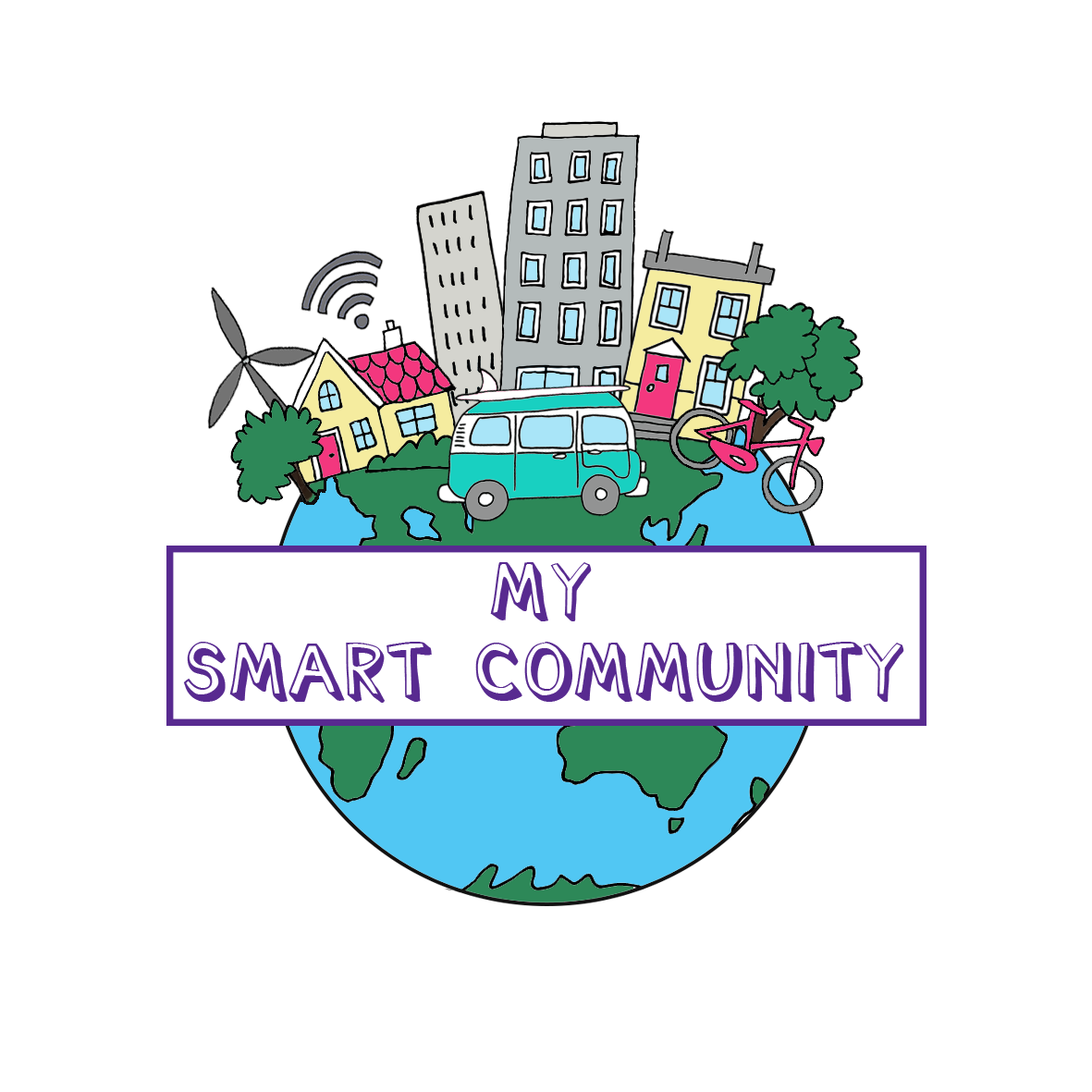
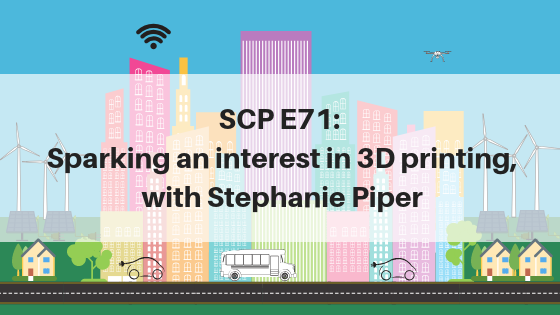
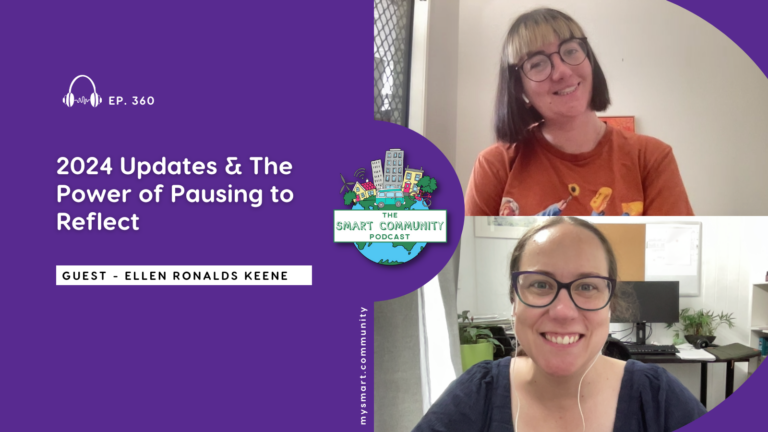
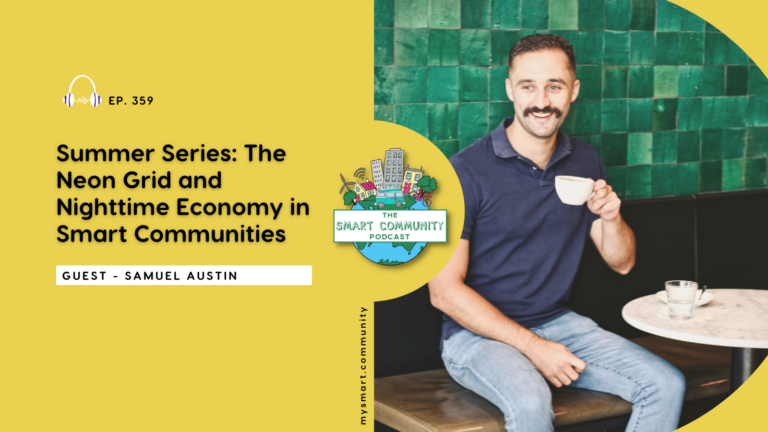
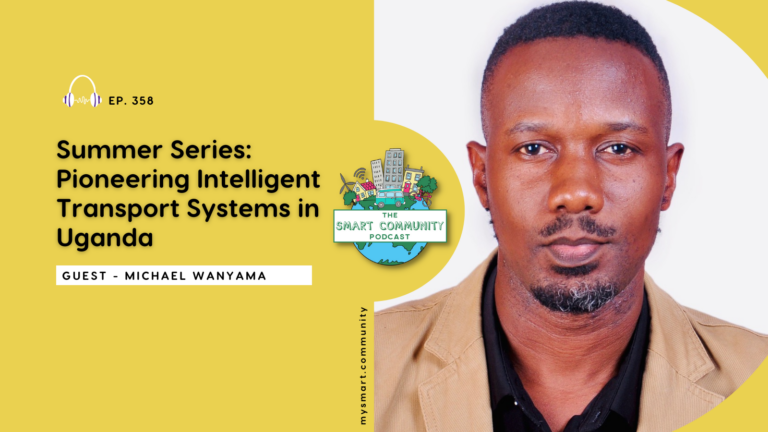

0 Comments